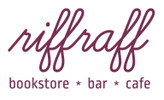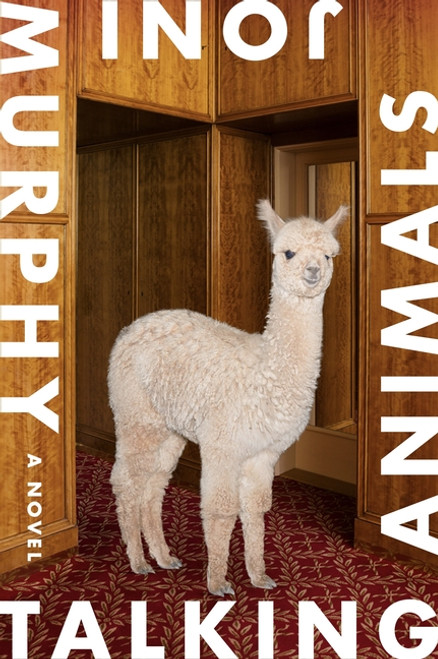Joni Murphy's inventive and beautiful allegory depicts a city enmeshed in climate collapse, blinded to the signs of its imminent destruction by petty hatreds and monstrous greed: that is, the world we are living in now. Talking Animals is an Orwellian tale of totalitarianism in action, but the animals on this farm are much cuter, and they make better puns. --Chris Kraus, author of I Love Dick and After Kathy Acker
A fable for our times, Joni Murphy's Talking Animals takes place in an all-animal world where creatures rather like us are forced to deal with an all-too-familiar landscape of soul-crushing jobs, polluted oceans, and a creeping sense of doom.
Talking Animals: A Novel
Joni Murphy
$16.00
- SKU:
- 9780374538743
- UPC:
- 9780374538743
- Gift wrapping:
- Options available
- Published by:
- FSG Originals
- Pub date:
- 08/04/2020
- Binding type:
- Paperback
- Pages:
- 304
- ISBN:
- 9780374538743





